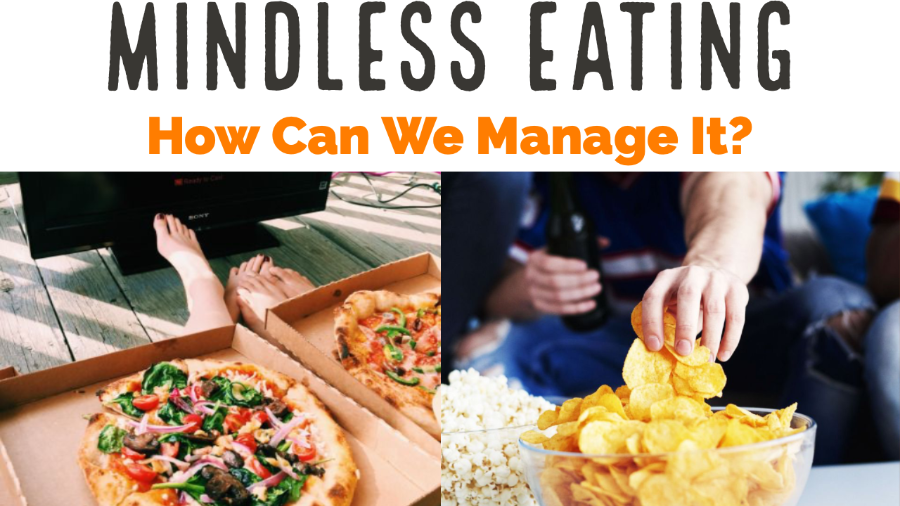
With many of us being home a lot more often than usual, it’s easy to find ourselves snacking A LOT. Or eating out of boredom or…stress eating.
Do you sit in front of the TV with a bag of your favorite snack munching to your heart’s content? Depending on your habits (how much, what it is, and how often) these seemingly harmless habits could be sabotaging your weight loss or nutritional goals.
So, what can we do about it?
Keep a food diary. Start by listing all the foods you eat all day long for 1 week. In addition to WHAT you eat, also keep track of HOW MUCH you eat. This will help you to evaluate your eating patterns and portions.
Serving size awareness. Look at the nutrition facts on your favorite cereal. Most likely, a serving is 1 cup. But most bowls we use hold 2 or 3 cups. Inflated serving sizes might be happening all day without you even noticing. It is not difficult to eat a half bag of chips or pretzels, but if you turn the bag over and look at the servings per bag, you may find that you’ve consumed 4 or 5 servings, which would be many hundreds of calories! Try actually measuring out your servings.
Purchasing smaller packages of single servings vs buying a big bag of multiple servings can help you reduce the number of calories you consume by up to 25% without even noticing.
Keep healthy foods within easy reach and junk and high calorie foods out of your sight. Treats that are easily accessible are also easy to eat mindlessly.
How big are your plates and cups? Try replacing large plates with smaller ones and use tall thin glasses instead of the wide type, which are deceiving. Smaller plates = smaller portions (visual que).
Make your meals an event. Learn to enjoy preparing your meal or snack. Eat at the table. Take notice of and enjoy your food. Adding extra steps such as these vs. plopping down on the couch with a take‐out container or a whole bag of pretzels will allow you to turn a mindless eating behavior into a conscious choice.
Slow down! Eat more slowly and enjoy your meal. Eating too fast = eating too much.
Are you actually hungry? Rely on how you feel inside (internal ques) vs. external ques such as seeing food on TV, being bored, feeling stressed, or looking through Door Dash.
High‐volume foods help you feel full and decrease food intake at the next meal or snack. These include nutrient‐dense foods including vegetables, fruit, eggs, oats, quinoa, fish, lean meats, soups, Greek yogurt, legumes, nuts, healthy fats such as avocado.
Food logging – this is worth mentioning again! Write down or enter into an app what you eat! There are lots of apps for your phone out there. Fitness Pal is one that we’ve used and liked. Being aware of what you eat means you are NOT mindlessly eating!
